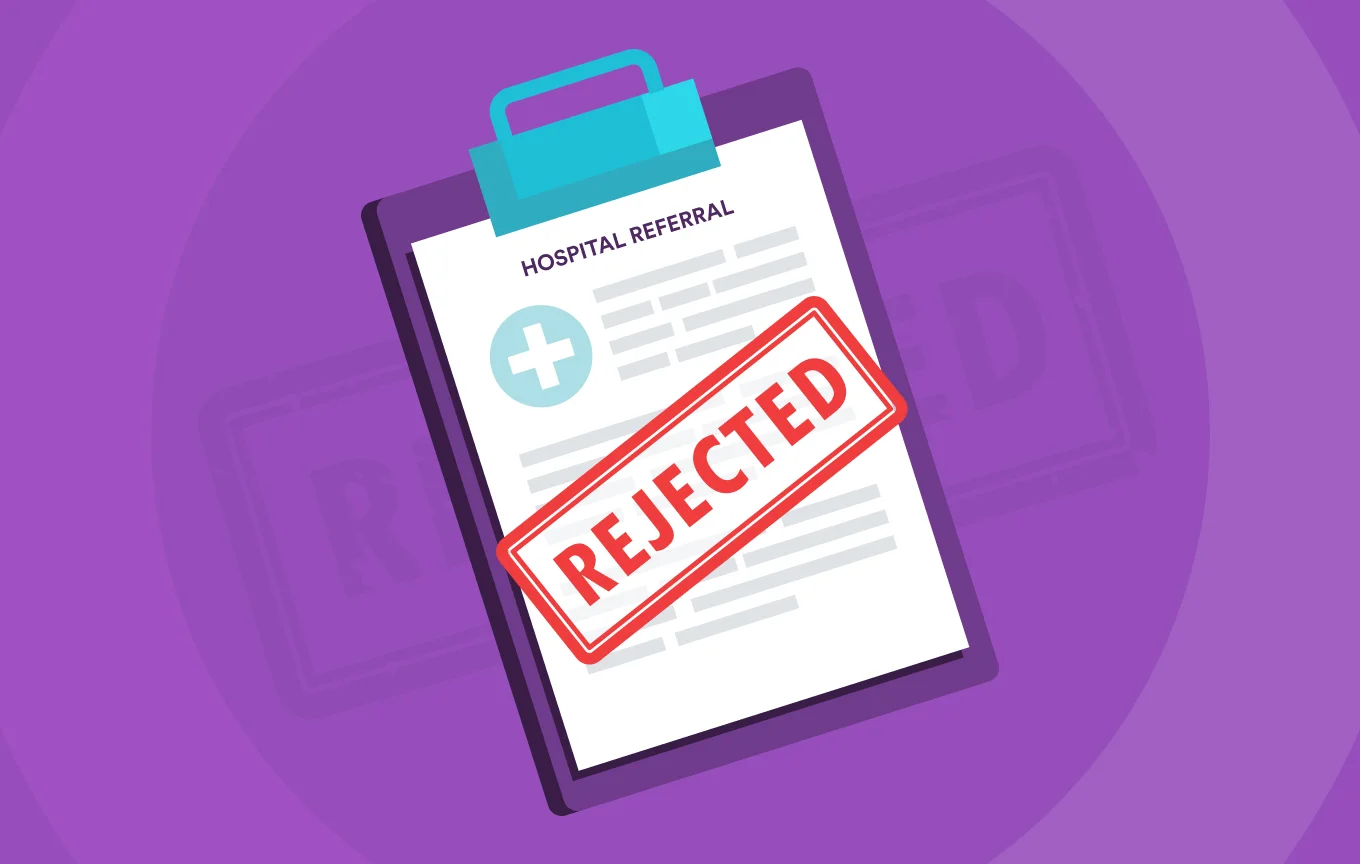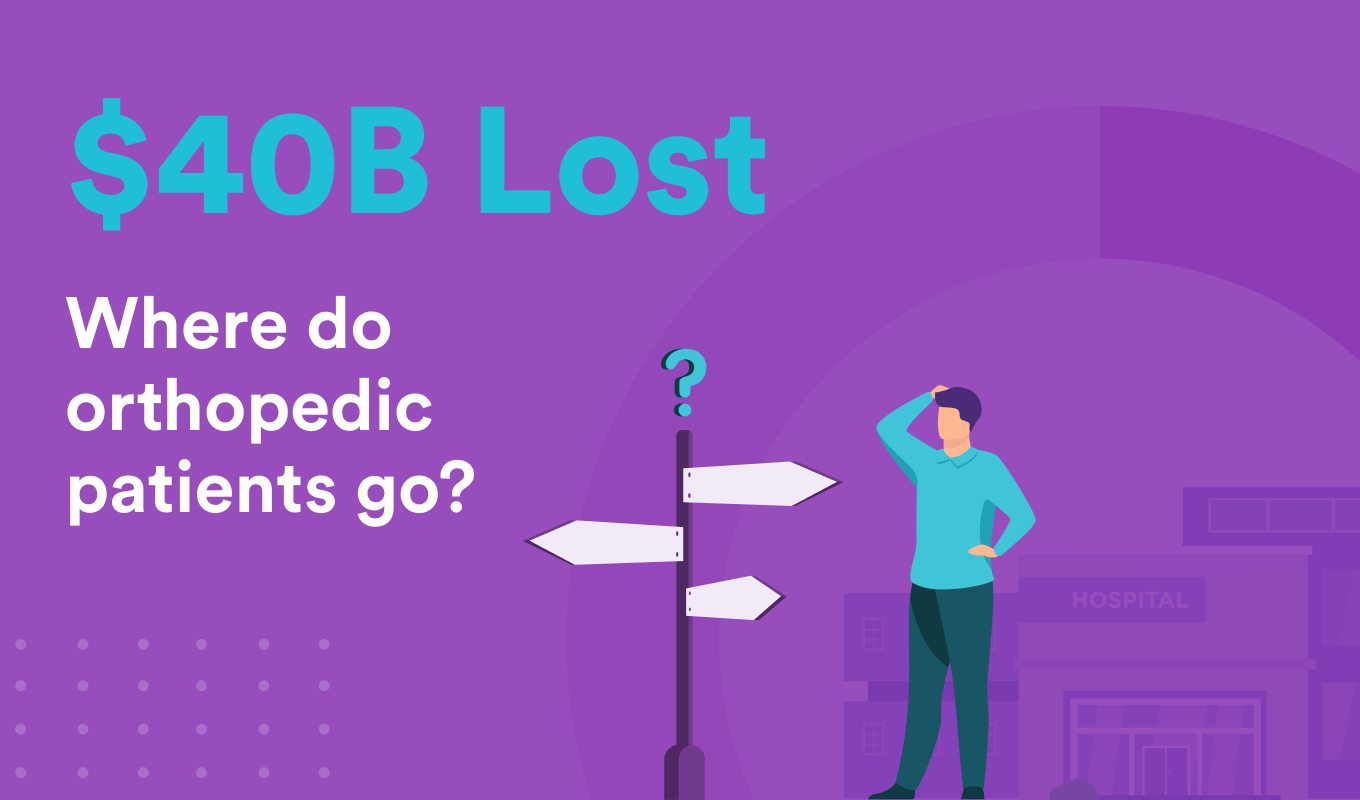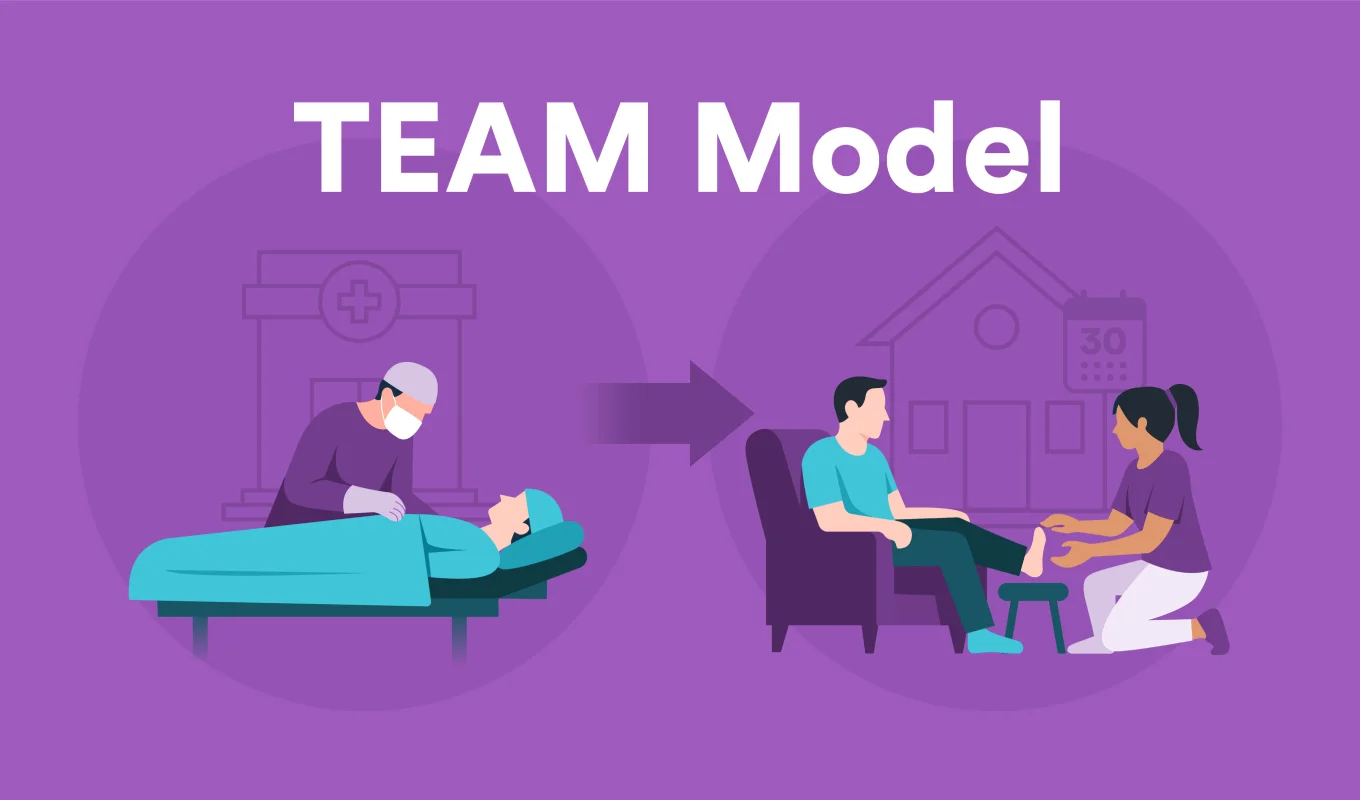In theory, referrals should be the start of care. In practice, they’re often the end of the road.
Over the past few years, home health agencies across the U.S. have faced an increasingly troubling trend: a growing number of patients referred for home health services are simply not being accepted. In fact, some recent reports show that only about one-third
of home health referrals are accepted today, a sharp decline from pre-pandemic norms.
This isn’t just a healthcare operations problem — it’s a patient access crisis.
The Numbers: A Sharp Drop in Acceptance Rates
Historically, referral acceptance rates in home health — especially for Medicare patients — hovered around 75–80%. That meant most patients discharged from a hospital and referred for home-based care were able to start services shortly after.
Today, those numbers are far lower:
- A 2023 analysis showed that only ~34.5% of referrals were accepted by home health agencies nationally.

- For Medicare beneficiaries, acceptance dropped from 66% in 2016 to just 59% in 2022.

- Other CMS data shows traditional Medicare fee-for-service referrals dipped from 80% to 75%.

- Industry benchmarks inclusive of various payers show a similar slide — from ~77% in 2018 to ~65% in 2023.

Put plainly, referral rejection is now the norm, not the exception.
Why It’s Happening
- Staffing Shortages
The primary driver is no surprise: there simply aren’t enough clinicians. Agencies are struggling to find and retain nurses, aides, and therapists. In a 2023 survey, 77% of post-acute care providers said they
had to turn away referrals due to staffing constraints.
- Clinical Service Mismatch
Not every agency can meet every patient’s needs. Patients requiring specialized wound care, behavioral health support, or therapy disciplines may be declined due to lack of service offerings.
- Patient Ineligibility or Refusal
Some patients don’t meet the Medicare home health eligibility criteria (e.g., not homebound) or refuse services. These cases are part of the equation but still add to the rejection rate.
- Geographic and Financial Factors
Agencies may decline referrals that involve long travel times, safety risks, or inadequate reimbursement. Payment models like PDGM have pushed agencies to be more selective — especially with high-cost
patients.

A Modern Alternative: Outpatient at Home, Powered by Luna
While traditional home health struggles to meet demand, other care models are stepping in.
Luna, the leader in outpatient physical therapy delivered in the home, offers a scalable, high-acceptance alternative — no homebound status required.
Luna:
- Operates as an outpatient care model, with no need to meet Medicare home health eligibility
- Brings licensed physical therapists directly to patients’ homes
- Maintains a >95% referral acceptance rate — even in high-volume markets
- Offers same-day and next-day visits, powered by real-time patient-PT matching and tech-driven logistics
For physicians, case managers, and health systems seeking reliable care-at-home options, Luna delivers — without the delays and denials common in home health.

The Impact
Referral rejection isn’t a small issue. It affects outcomes across the continuum:
- Hospitals face discharge delays, increasing costs and bed shortages
- Patients miss critical windows for early recovery care
- Families are left scrambling — and often go without services
- Health plans struggle to coordinate post-acute care in value-based programs
With demand for home-based care rising, the system’s current rejection rate is unsustainable.
Final Word
When two-thirds of home health referrals go unfulfilled, it’s not a workflow problem — it’s a systemic failure.

If we’re serious about shifting care to the home, we must close the gap between referral and delivery.
Luna is proud to offer a reliable, high-capacity, and outcome-driven alternative for post-acute physical therapy in the home — helping patients recover faster, providers reduce risk, and health systems adapt to the future of care.








